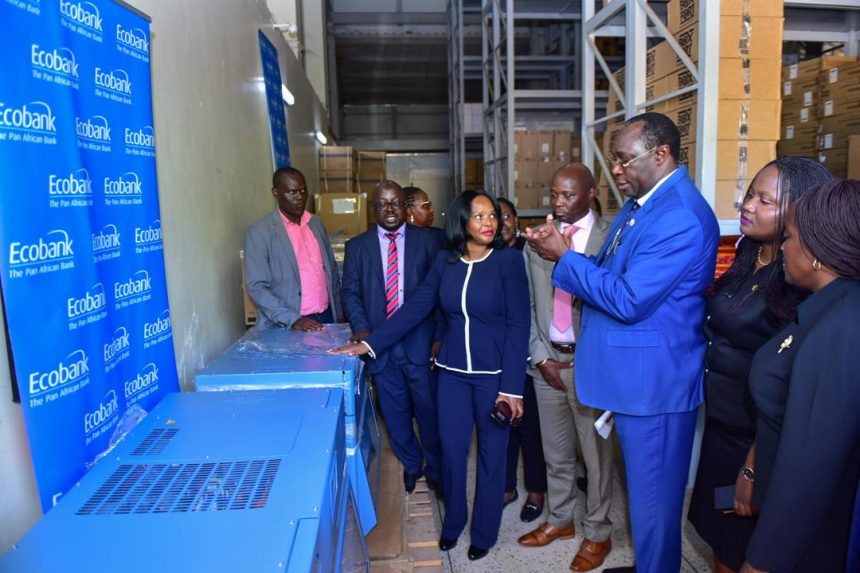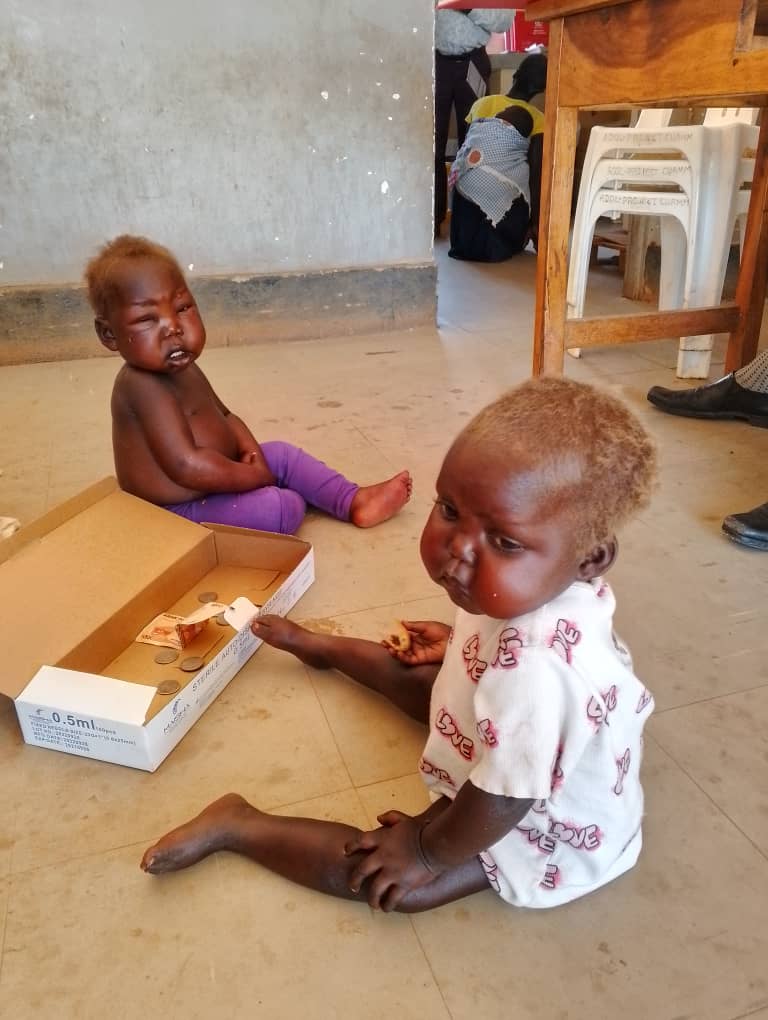The Uganda Blood Transfusion Services, commonly referred to as Nakasero Blood Bank, has received equipment valued at 1.3 billion shillings from Ecobank. These machines are intended to improve the processing and storage of blood within the facility.
The Uganda Blood Bank at Nakasero will now have the capability to process blood and its components four times more than their usual daily output. Officials at the Bank assert that the newly installed technology will enhance operational efficiency.
“With the four machines, we can now obtain 64 plasma units simultaneously during operations, and we can also harvest platelets. The fluctuations in temperature have been challenging; our previous platelet agitators were unable to adapt to the changes effectively. At times, our laboratory temperatures exceeded 28 degrees, whereas we need to maintain platelets within 22-25 degrees.
Consequently, these advanced temperature agitators help us keep the platelets viable and appropriate for our patients. We can now produce and maintain them at the correct temperatures,” stated Gilbert Abwooli, the Logistics Officer at Nakasero Blood Bank.
Dr. Joseph Okware, who spoke on behalf of the Minister for Health, Dr. Jane Ruth Aceng, encouraged the Bank to ensure the proper upkeep of the equipment.
“We are advising the staff at the Blood Bank to be mindful since this is new technology valued at 1.3 billion shillings. It is essential that they receive training because there are manuals available. They should familiarize themselves with how to operate this equipment,” Dr. Okware expressed.
Meanwhile, Grace Muliisa, the Managing Director of Eco Bank, urged Ugandans to donate blood as a necessary measure to alleviate the chronic shortage.
“The equipment we provided includes a two double-door refrigerator, four platelet agitators, and four free floor preparative centrifuges, which we believe will enhance the UBTS’s capacity to meet the demands of severe malaria-related anemia and other healthcare needs.
In our perspective, these are not merely machines; they symbolize hope for countless children, mothers, and families reliant on a timely blood supply,” Grace Muliisa explained.
In Uganda, the annual blood requirement is approximately 500,000 units, and statistics indicate that the nation falls short by about 30-40% of this figure.
This deficit is primarily due to a lack of blood donations, with only 1 percent of the population contributing enough to meet the needs of those who require it most.




















